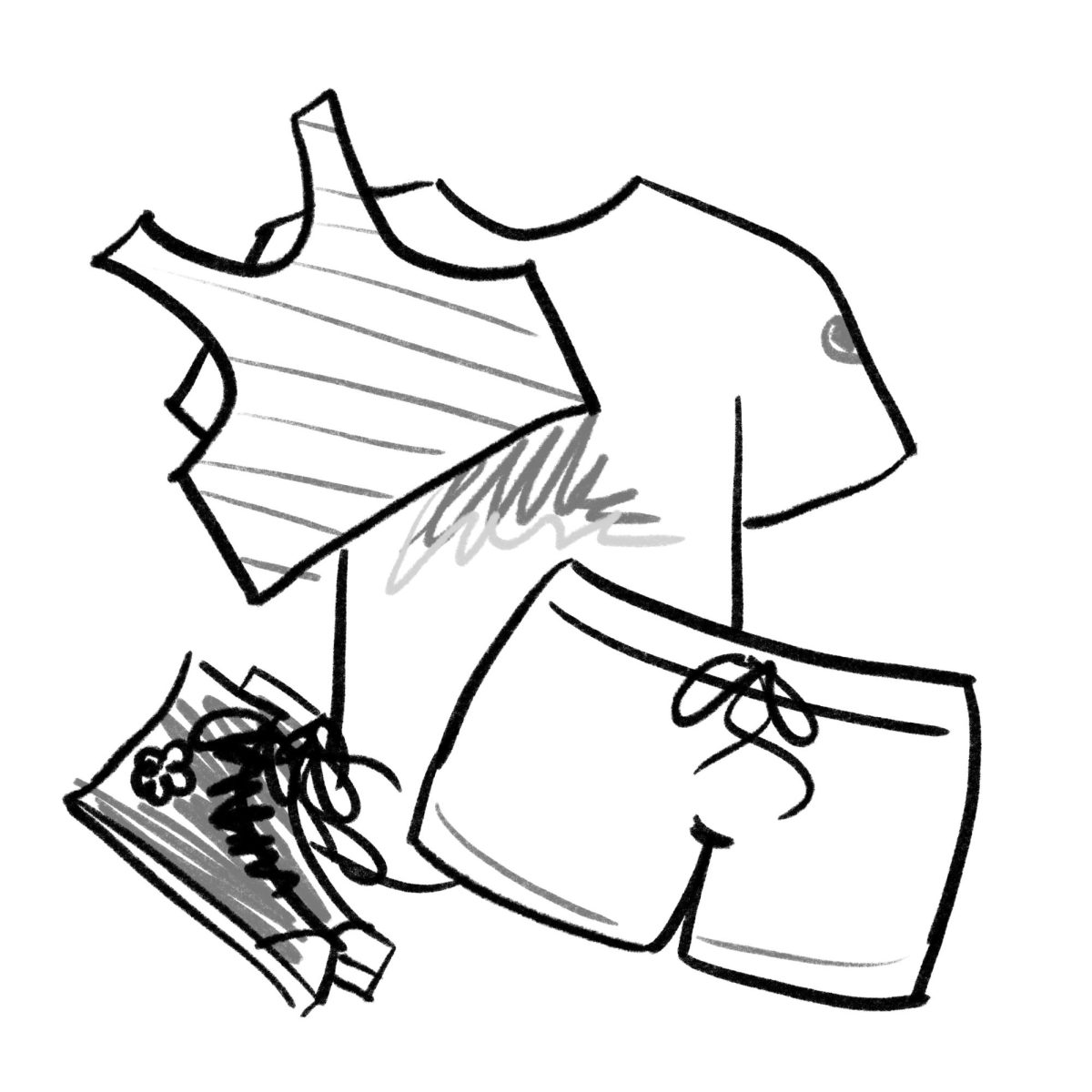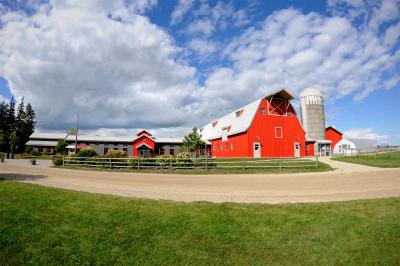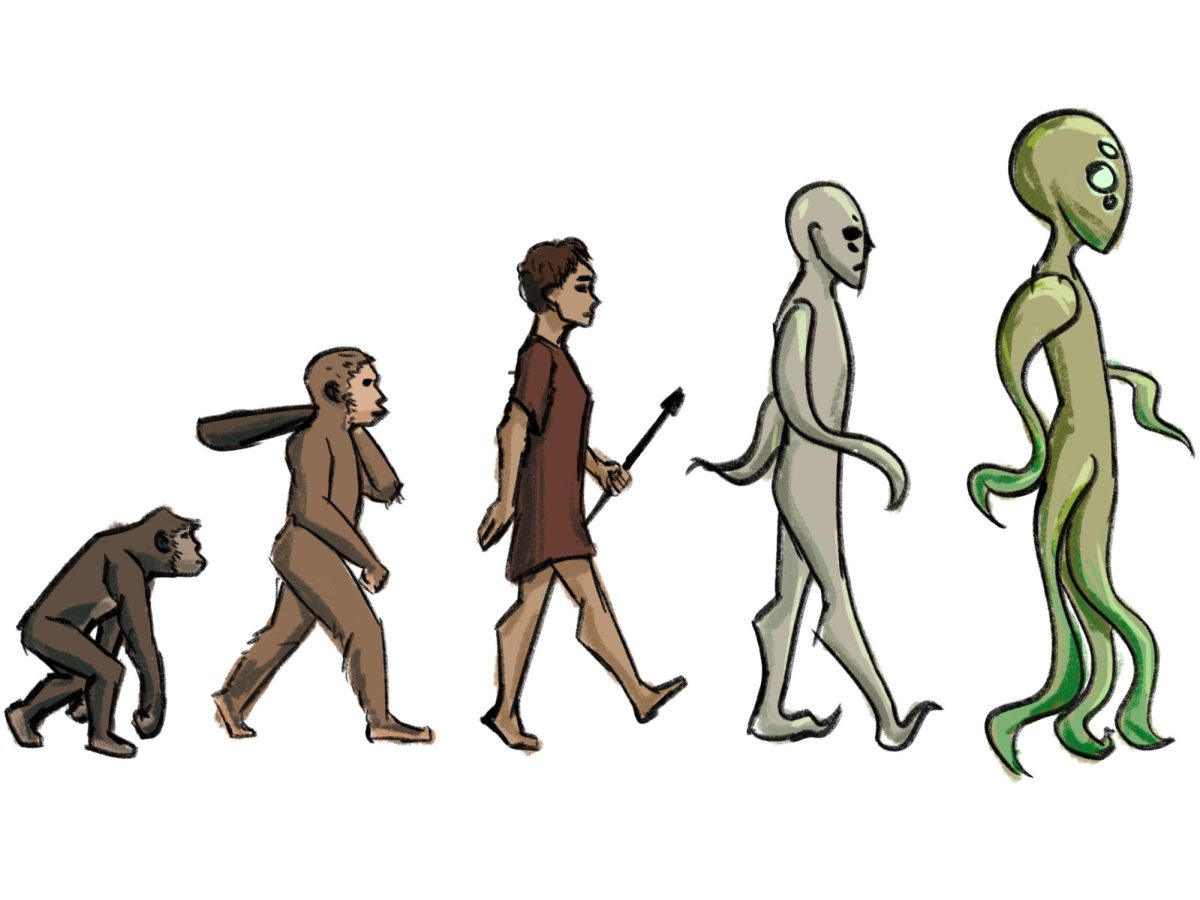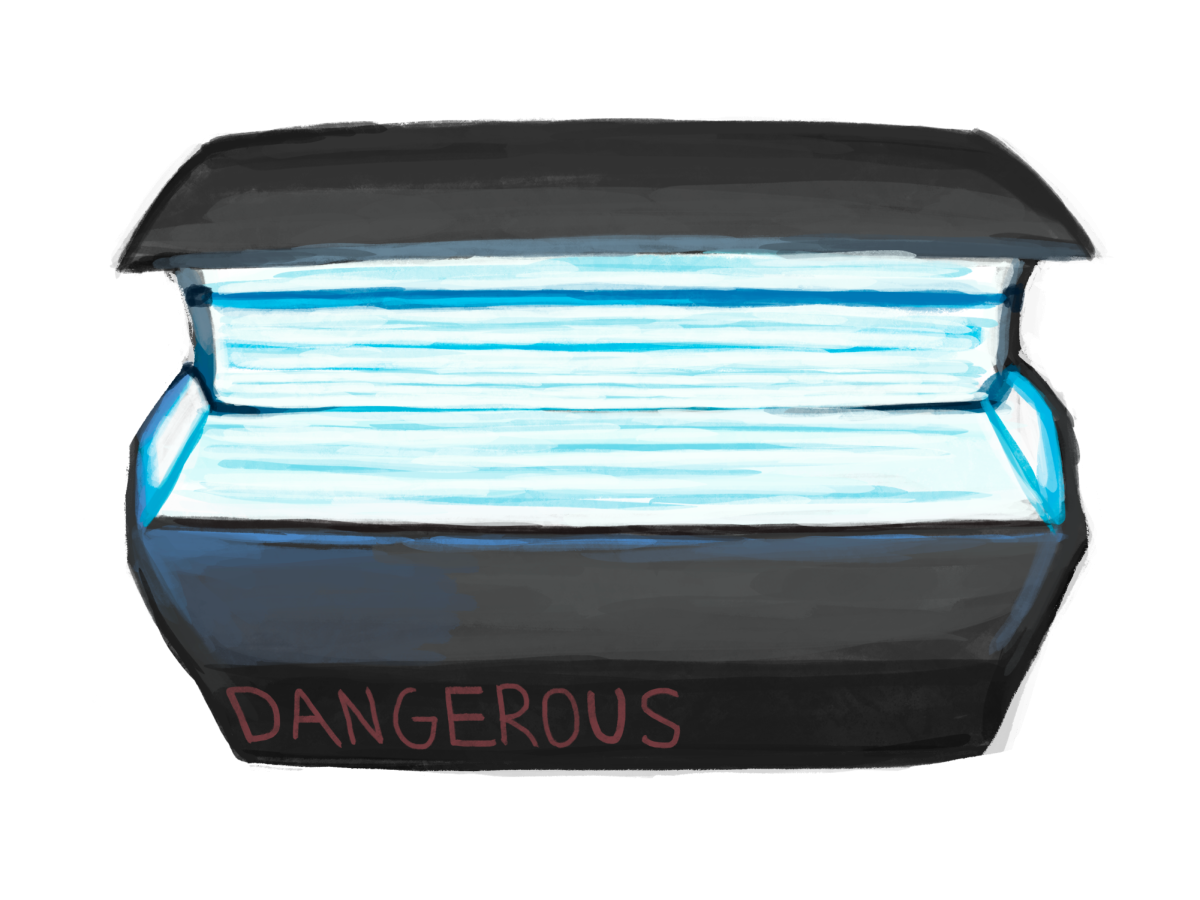A deep dive into the fast fashion industry reveals it’s more than just a tank top. While websites like Shein or Forever 21 seem like a cheap way to get clothes for the summer, there’s a reason why it’s so cheap.
These brands are considered “fast fashion” brands, which means that they produce cheaply made clothing that is meant to keep up with the current trends.
In order to create these clothing items quickly, they are made with toxic textile dyes and harmful chemicals. In April of 2013, Bangladesh faced a wake up call for garment factories. Due to the poor structure of the building, the Rana Plaza Building in Dhaka’s outskirt Savar, collapsed, killing 1,134 people, the majority being fast fashion workers.
This tragedy is only one example of fast fashion workers being exploited. The dangerous chemicals have an impact on these workers physical health as they are poisoning their bodies.
When asked about fast fashion ethics, Mandie Wilder, current Fashion Design teacher at MHS shared her thoughts, “The high demand creates many unsafe working environments and long, unethical labor hours. Also, using cheap fabrics and chemicals, fast fashion has had a negative impact on our environment in regard to pollution. Because the clothing is cheaply made it often doesn’t hold up for long, ending with shrinkage, holes, faded colors, etc. and large masses end up in our landfills.”
There are efforts to get fast fashion to be green, however, Good On You, a sustainable fashion website, reported that only 0.1% of clothing items donated to charity bins in hopes of being reused to new textiles are actually going through the process. There needs to be a serious change in not only consumers’ mindsets but also the producers of fast fashion. According to Earth.org, fashion production makes up 10% of the entire world’s carbon emissions.
The United Nations Framework Convention on Climate change projects that this number will rise to 60% by 2030.
While thrifting by a couple people is not enough to create lasting change, it is a start. Shopping locally at sustainable clothing shops and recycling old clothes you don’t wear is a step in the right direction. Goodwill and Salvation Army are a way to get fast fashion prices without harming the environment. “We actually have an upcycle project in our Apparel Construction course at MHS where students find pieces of clothing at home or a thrift store and make it into something that they can wear!” said Wilder.
This summer, instead of resorting to quick, cheap, online fashion for a tank top, consider shopping at your local boutiques and thrift shops!























